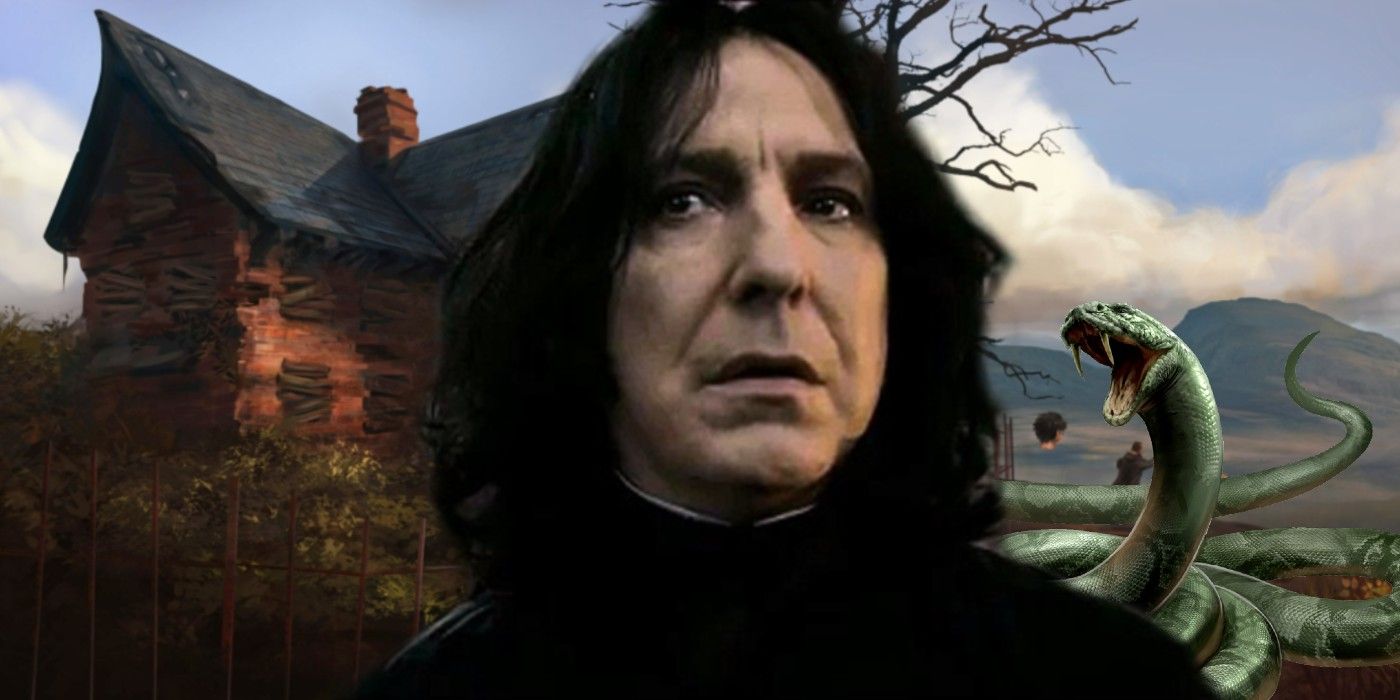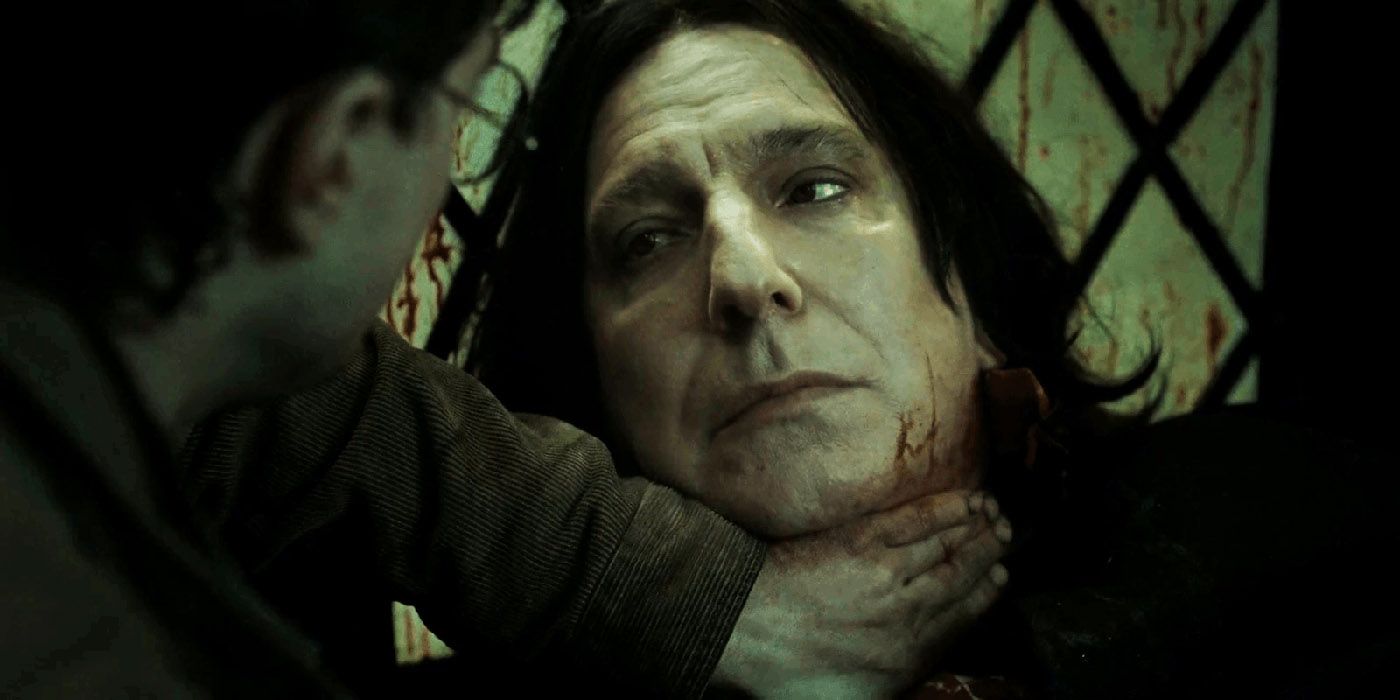The Harry Potter movie series did a good job in adapting J.K. Rowling’s book series, but there were obviously some changes that had to be made either for narrative or creative reasons, and not all of these were well received. A seemingly minor change was the setting of Snape’s death in Harry Potter and the Deathly Hallows - Part 2, but it’s one that didn’t appeal to fans at all. The Harry Potter movie series began in 2001 and came to an end in 2011, with the final book, Harry Potter and the Deathly Hallows, being split into two movies.
Harry Potter and the Deathly Hallows - Part 2 stayed as true to the source material as possible, with just a few tweaks to fit with its predecessor – but some were made to key moments in the story. A few examples are Fred Weasley’s death and the final duel between Harry Potter and Lord Voldemort, but perhaps the one that bothered fans the most was Snape’s death, as the setting for it was changed, taking out some truly special moments and details from the book.
But as it happens with every cinematic adaptation of a book, all changes were made for a reason, and the same happened with Snape’s death in Harry Potter and the Deathly Hallows - Part 2.
The Real Reason Snape’s Death Was Changed In The Movie
In the book, the Shrieking Shack was used by Lord Voldemort and his Death Eaters as a hideout. There, Voldemort ordered Nagini to kill Snape, while Harry, Hermione, and Ron watched from their hiding spot (they were covered by the invisibility cloak). In the movie, Snape was killed by Voldemort and Nagini at the Boathouse, an underground harbour at Hogwarts, though in the movie it was an exterior building. According to Andrew Ackland-Snow, art director of the Harry Potter series, the setting was changed to give the scene a more dramatic atmosphere and take it out of an interior that was already known by viewers, and the change was approved by Rowling.
Fans were understandably disappointed that Snape’s death didn’t take place at the Shrieking Shack as it took away some interesting foreshadowing. Snape didn’t have the best of luck when it came to the Shack: in 1975, he was told by Sirius Black that if he went under the Whomping Willow, he would find out what was wrong with Remus, who was in werewolf form and could have killed Snape on the spot, and in 1994 he was disarmed and knocked unconscious when finding out Black was hiding there. It was a sad “third time's a charm” situation that added more to Snape’s story, and it would have been interesting to see it play out on the big screen as it truly was.


